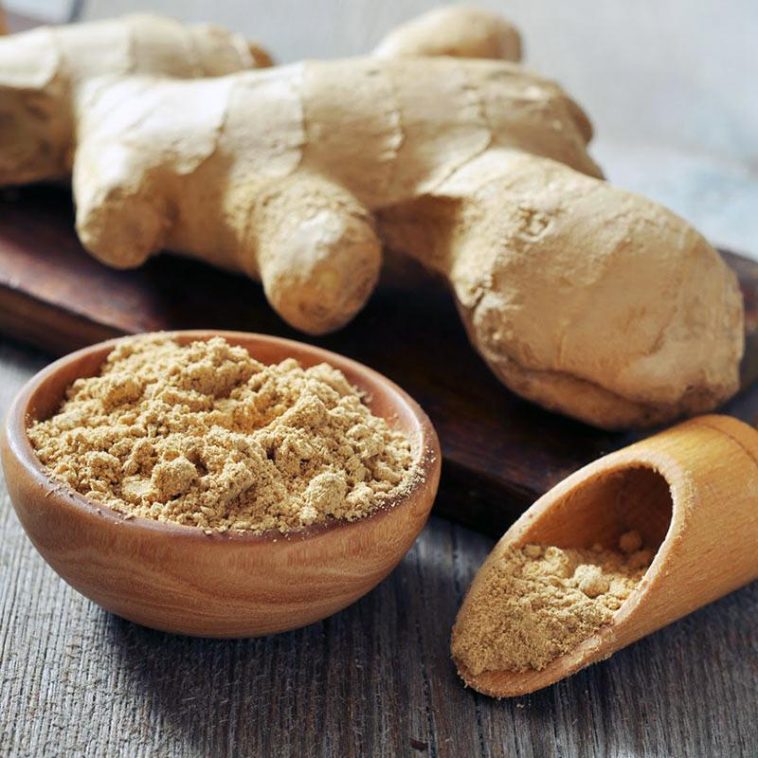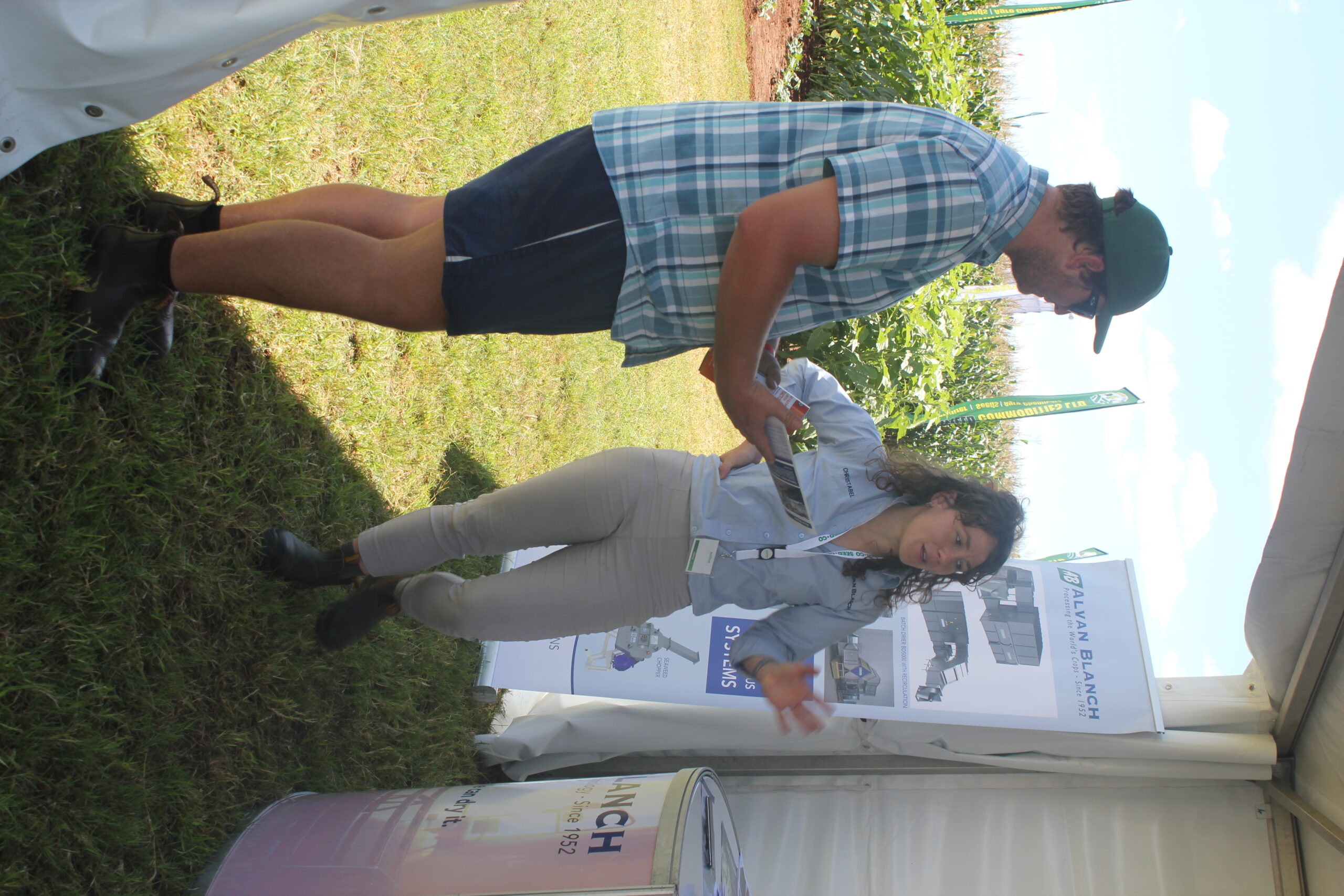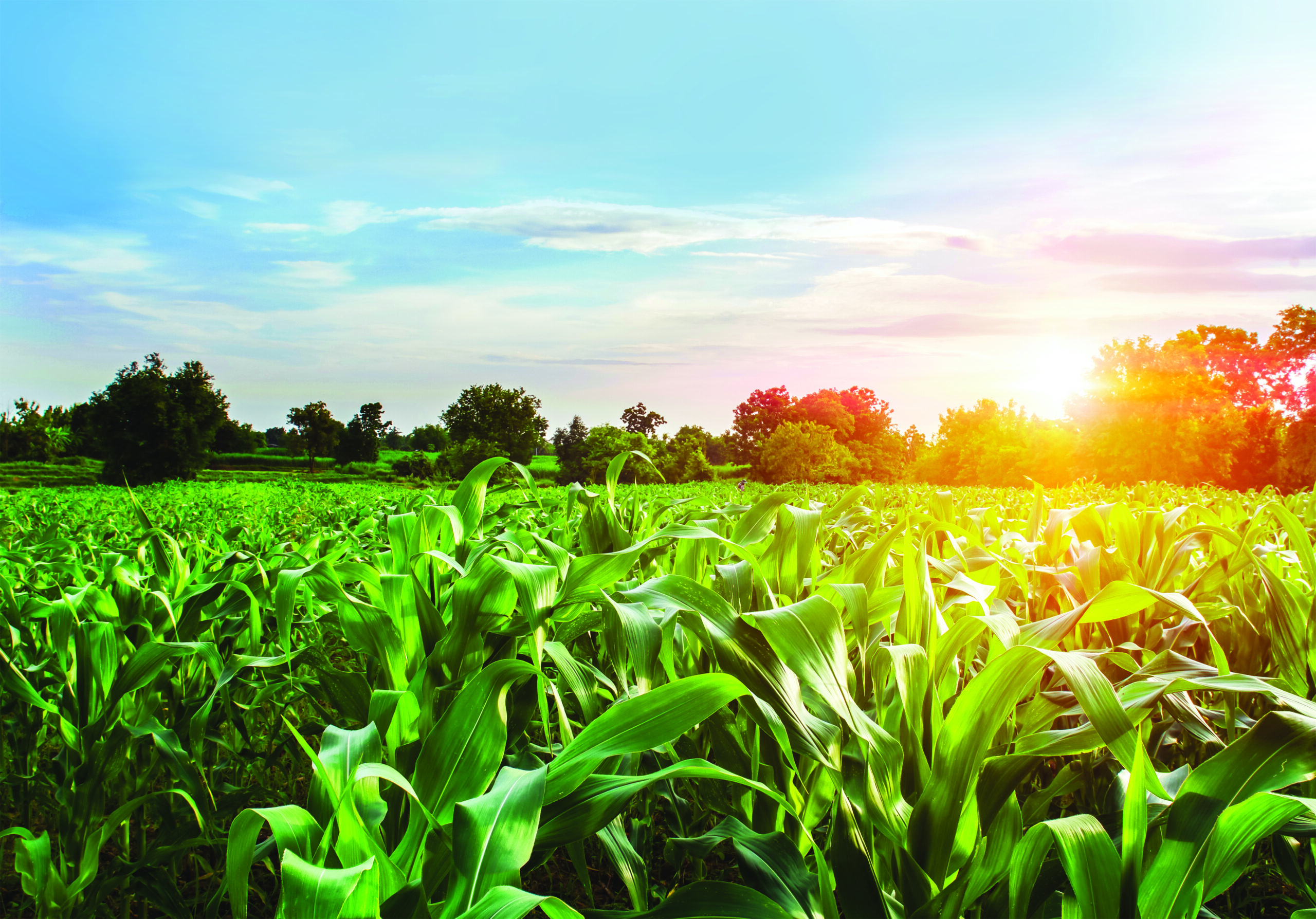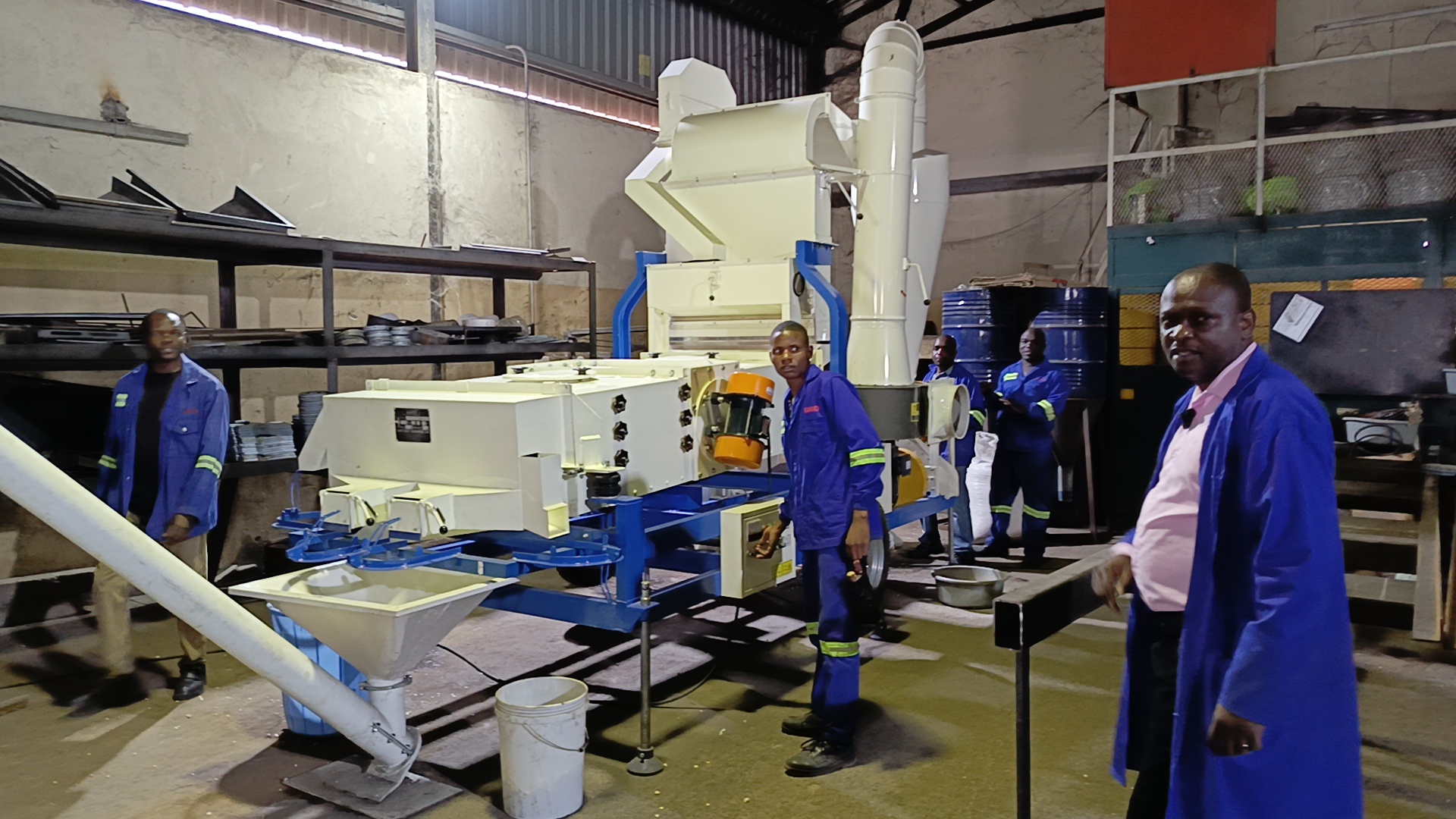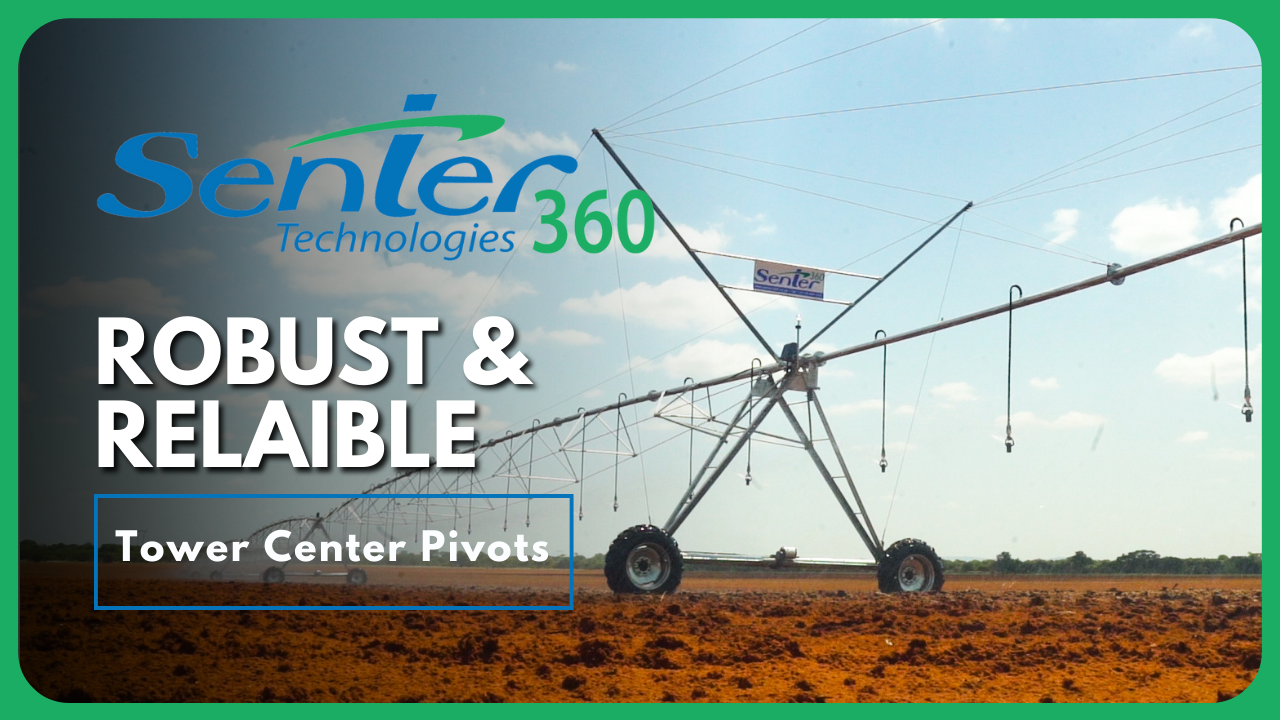Drying is the removal of surface and/ or internal moisture from a product to lower the overall moisture content.
There are various methods to dry ginger, each with a different purpose and results.
Cabinet dryers
A cabinet dryer consists of an insulated cabinet, fitted with shallow mesh or perforated trays. Onto each tray a thin layer of food is placed, between two and six cm deep, and hot air is then circulated through the cabinet at 0,5 to 5 cubic metre per second per square metre of tray area.
A system of ducts and baffles directs air over and/or through each tray to promote uniform air distribution. Additional heaters may also be placed above or alongside the trays to increase the rate of drying. Tray dryers are used for small-scale production and pilot-scale work, and they have low capital and maintenance costs. However, these dryers have relatively poor control and so produce variable product quality.
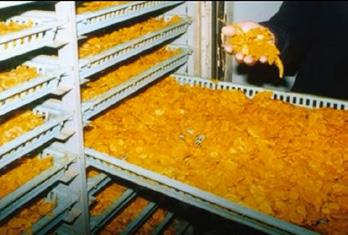
A cabinet dryer. Photo: Youtube.com.
Conveyor dryers
Continuous dryers may be up to 20 m long and 3 m wide, and the food product is dried on a mesh belt in beds of 5 to 15 cm deep. The airflow through the bed of food is initially directed upward and then in later stages downward to prevent the product from blowing out if the bed as its weight decreases due to moisture loss.
Two- and three-stage dryers mix and re-pile the partly dried product into deeper beds. This practice improves uniformity of drying and saves on floor space. Food products are dried to between 10 and 15% moisture and then transferred to bin dryers.
Conveyor dryers have good control over drying conditions and have high production rates, as well as having independently controlled drying zones. they can be loaded and unloaded automatically, which helps to reduce labour costs.
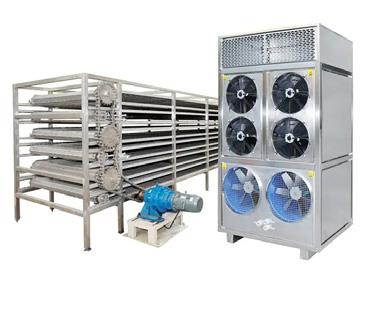
A conveyer dryer. Photo: Ike.com. Bin dryers
Tunnel dryers
In tunnel dryers, thin layers of food are dried on trays. The trays are stacked on trucks that are programmed to move semi-continuously through an insulated tunnel.
After initial drying in the tunnel dryer, the drying process is completed in a bin dryer. Normally, a 20 m long tunnel dryer contains between 12 and 15 trucks, which has a total capacity of 5 000 kg of food.
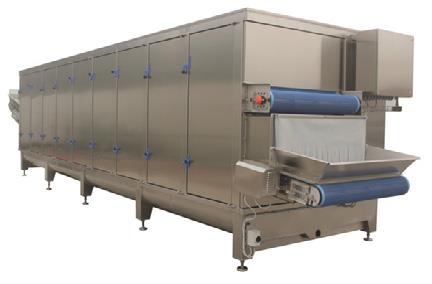
A tunnel dryer. Photo: fruitlogistica.de.
Bin dryers are cylindrical or rectangular containers, fitted with a mesh base to allow hot air to pass through a bed of food at relatively low speeds.
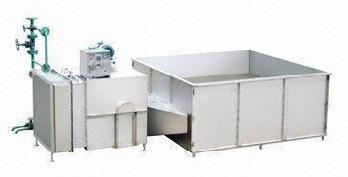
A bin dryer. Photo: Globalsources.com.
Bin dryers have a high capacity, as well as low capital and running costs. They are mostly used for finishing products after initial drying by other dryers, and in this way improve the operating capacity of initial dryers by
taking the food when it is in the falling-rate period, when the removal of moisture is most time consuming.
The deep bed of food permits for the equalisation of variations in moisture content, as well as acts as a store, in order to smooth out the fluctuations in the product flow between the drying and packaging stages.
It must however be remembered that bin dryers may be several metres high, and it is therefore important that the food products are strong enough to withstand compression at the base to retain an open structure for the passage of hot air through the bed.
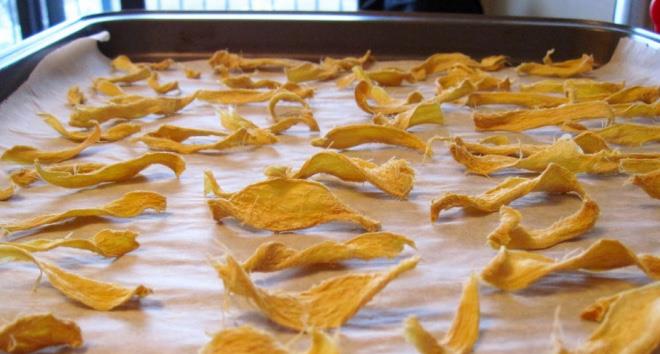
Ginger drying at home. Photo: dryingallfoods.com.
Published with acknowledgement to the ARC Agricultural Engineering for the use of their manuals. Visit www.arc.agric.za for more information.

